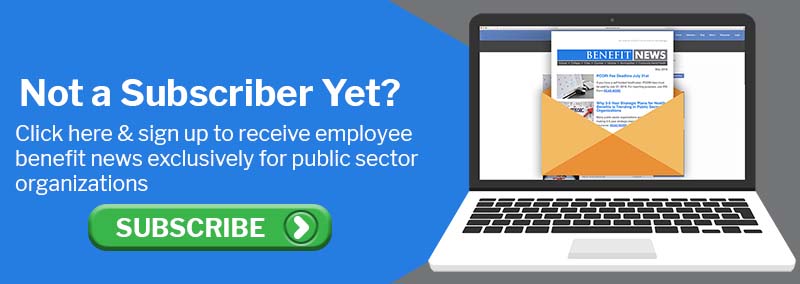2.5 minute read
A strong and authentic organizational mission can help attract and retain top talent. Workers are more likely to be engaged and loyal to organizations with a mission they believe in and trust. As employers navigate on-site, hybrid, and remote work models, many may worry that those critical success factors could get lost in the workplace.
The Organizational Mission
An organizational mission, or mission statement is a brief, broad statement about a company’s goals and how it intends to meet them. It may address what the company offers or how it hopes to serve its customers, community, etc. Strong missions develop a human connection, idea, or behavior that employees can get behind and truly believe in.
Employee Engagement
Here are some tips to promote an organizational mission while keeping employees engaged and firmly believing in the company.
- Involve employees early. The organizational mission and other company information are critical components of the onboarding process. This step reinforces that employees’ work does matter.
- Celebrate and communicate small wins. Celebrate organizational successes that uphold the mission and delivers value to the stakeholders. It reminds employees about how performance is measured and demonstrates that those actions are important and make a difference.
- Reward behavior that supports company goals. Rewarding and recognizing employees who contribute to the progress and achievement of company goals is crucial. Encourage employees to share insight about what the mission means to them and how they live it.
- Foster belonging in the workplace. A critical element of a sense of belonging in the workplace revolves around if employees are proud of their employer’s mission or purpose. When aligned with the mission, employees are often proud of their work and organization.
- Continue organizational traditions. Everything that drove formal and informal culture in the physical workplace needs to be reformatted to ensure inclusivity and connection between physical and virtual workforces.
- Establish informal and formal engagement opportunities. Employers can encourage team leaders to create check-in meetings to keep the team regularly connected.
- Drive employees to an intranet or other shared platform. Having a designated destination for company updates and information ensures that employees receive the same information at the same time, and there’s no advantage of being on-site or remote.
Download the bulletin for more details.

